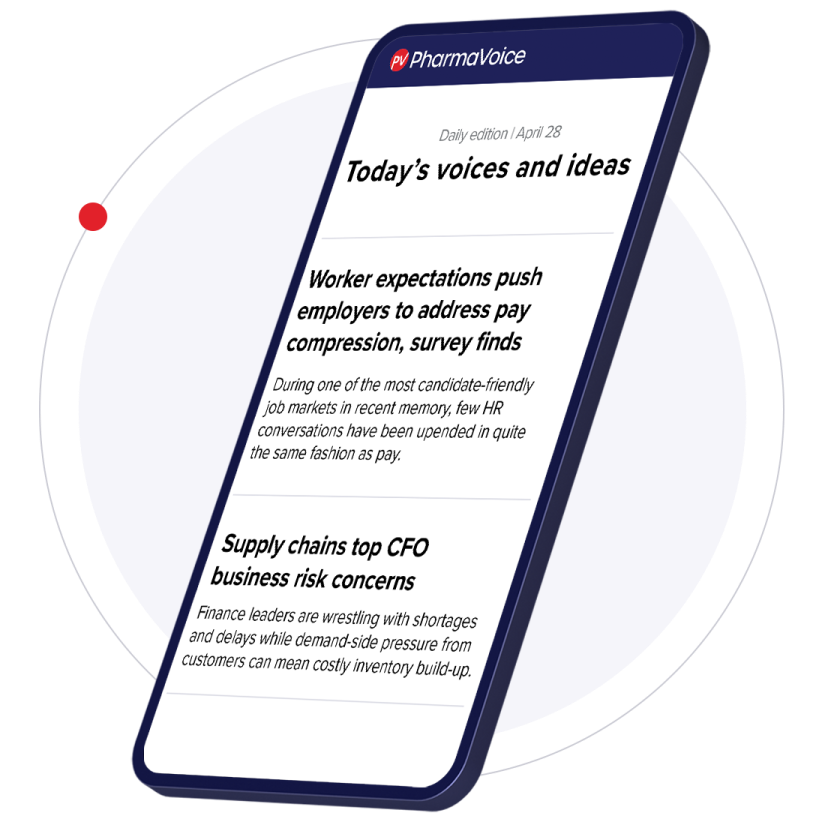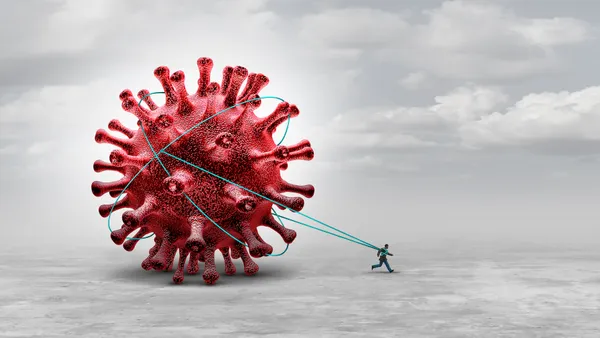Benefits of Using an EDC System to Collect and Reconcile Serious Adverse Events Gary Tyson, Senior VP, Clinical Development Practice Marybeth Lynch, Associate Practice Executive, Clinical Development Practice Collecting and reconciling adverse events (AEs) and serious adverse events (SAEs) data in clinical trials are mandated as good clinical practice and are therefore critical components for every clinical trial. But the process of collecting and reconciling AEs and SAEs remains extremely costly and time consuming. The reconciliation of AE data captured in a pharmaceutical company’s clinical study database with the SAEs reported in a safety database is a complex, thankless task that can involve weeks of effort, generate hundreds of queries to the investigator sites, and even delay the filing of an NDA until the process is completed. The difficulties stem from the same information being stored in two different systems, but there is a way to resolve the problem through electronic data capture (EDC), a platform to collect, view, reconcile, and report on clinical data. An AE is defined generally as an unforeseen effect that a participant or subject in a clinical trial may experience during the course of the study. An AE can be as mild as a headache or as serious as hospitalization or death, but all AEs need to be reported by the investigational site to the study sponsor — usually the investigational drug’s manufacturer — which then must track them. Some AEs, based on specific criteria, are categorized as SAEs, and additional information about the event must be collected to comply with FDA reporting requirements. SAEs also need to be reported to the study sponsor within 24 hours of the investigator site being made aware of the event. While the subject’s clinical information, including AEs, is captured on case report forms, the additional information collected for an SAE is recorded in a separate system for drug safety because of the criticality and required timeliness of the data reporting. In most cases, the investigator site is instructed to complete a paper SAE form and fax it to the study sponsor within 24 hours of being notified of the SAE. The study sponsor then queries the investigator site about the SAE to ensure all required information is captured accurately and transmitted via fax and/or phone. Once the study sponsor has the minimum information needed to process the SAE, a case processing effort to triage, address, and report each SAE gets under way. At the end of a study, especially one in which several SAEs have occurred, a tremendous effort is needed to reconcile the clinical database with the drug safety database. The effort is complicated because two different functions — investigator sites and the study sponsor — collected the data, worked against different timelines, and gathered slightly different data. Two separate databases are needed in this paper world of SAE reporting, and the reconciliation process is both time consuming and a drain on resources. With EDC, which enables real-time data reporting, it is now possible to collect and even reconcile SAE data within the EDC system while still adhering to the FDA reporting guidelines. There are a number of ways that EDC can be used in AE/SAE data capture and reporting. Presented below are three different options, along with the benefits and challenges of each. Option A: Parallel Systems The first option is to use the EDC system and drug-safety system in parallel. Clinical data, including AEs, are collected using the EDC system, while SAE data are collected using the drug-safety system. Each system has its own data collection and query response approach that will need to be reconciled at the end of a study. The advantage of this approach is that there are no new processes, roles, or systems to develop or change in order to capture, reconcile, process, and report SAE data. The disadvantage is that sites are required to enter clinical data, including AEs, in the EDC system but then also provide SAE information using a paper-trail collection and query management process — one that is subject to human error and technical difficulties (e.g., with faxing) and takes considerably more time than an electronic system. Option B: SAE Information Collected through the EDC System The second option is to have the site initially report the SAE to the sponsor through the EDC system. All subsequent process steps, including query management, would be completed in separate systems, which would still involve a paper trail. The investigator sites would only need to use one data collection method and use the EDC system to enter all the clinical and SAE data they are required to provide to the study sponsor. Using alerts, drug safety can view the SAE data in real time and take action accordingly. This option can complicate internal processes for the study sponsor, however. The sponsor would be alerted quickly to any SAE, but the data would still need to be entered into the drug safety database and the query management process, using paper, initiated. In this option, the SAE data would initially be captured in the EDC database, but then queries would be generated in the drug safety database. The double data entry of initial SAE data (i.e., by the site and then by the sponsor) creates a potential for discrepancies (adding another reconciliation to the pile) and does not eliminate the need to reconcile both databases at the end of the study. Option C: EDC System to Collect and Reconcile SAE data The third option involves relying on the EDC system as the primary conduit for SAE data collection and reconciliation (i.e., query management). This option would have the benefits mentioned in Option B, and it would also eliminate the need to reconcile the EDC database with the drug-safety database. Implementing this option, however, requires the development of new data collection and query management processes for the drug safety and data management functions. The new process steps would then need to be folded into current roles or newly defined roles, specifically in drug safety. The main levers in the three options described above are the following: • The speed at which the study sponsor is informed that an SAE has occurred. • The effort needed to reconcile EDC and drug-safety databases at the end of the study. • The effort needed to develop and implement new processes and roles to avoid the necessity of reconciling the EDC and drug-safety databases at the end of a study. Factors to Consider In deciding upon an approach to collecting and reconciling SAE data, assuming that EDC will be part of the approach, the following factors should be considered: • Percentage of studies with a high probability of having a significant number of SAEs. • Culture of the company (i.e., how quickly change can be absorbed/implemented). • Phase of EDC implementation (i.e., percentage of studies using EDC). • Relationship with investigator sites and the sponsor’s strength in site management. • Size of pharmaceutical (or biotech) company. It is important that any strategic decision regarding selection of an approach needs to be made cross-functionally, as buy-in is needed from multiple functions, including drug safety, quality assurance, data management, and clinical operations. To design and implement a change in the SAE collection and reporting process, flexibility is required from both drug safety and data management. Lastly, the investigational sites must be managed well throughout any process changes affecting them. Collecting and reconciling SAE data in EDC can be approached in a variety of ways that enable a significant efficiency gain at the time of database lock. There is no one best option for everyone. Clinical-development leadership needs to work with all the parties involved to select the best approach for their organizations. Regardless of the approach selected, it is vital that the work processes are clearly defined to accommodate the approach selected. The reconciliation of AE data captured in a pharmaceutical company’s clinical study database with the SAEs reported in a safety database is a complex, thankless task that can involve weeks of effort, generate hundreds of queries to the investigator sites, and even delay the filing of an NDA until the process is completed. Campbell Alliance Collecting and reconciling SAE data in EDC can be approached in a variety of ways that enable a significant efficiency gain at the time of database lock. There is no one best option for everyone. Campbell Alliance, Raleigh, N.C., is a specialized management consulting firm that serves the pharmaceutical and biotechnology industries, helping clients develop strategic and operational plans, as well as improve the efficiency of their internal operations. For more information, visit campbellalliance.com. VIEW on Clinical Services June 2007 EDC
An article from


Benefits of Using an EDC System to Collect and Reconcile Serious Adverse Events
Filed Under:
Research & Development









